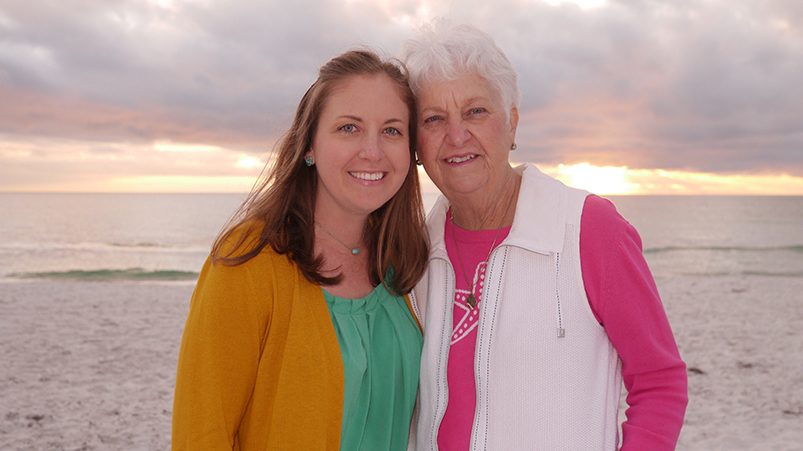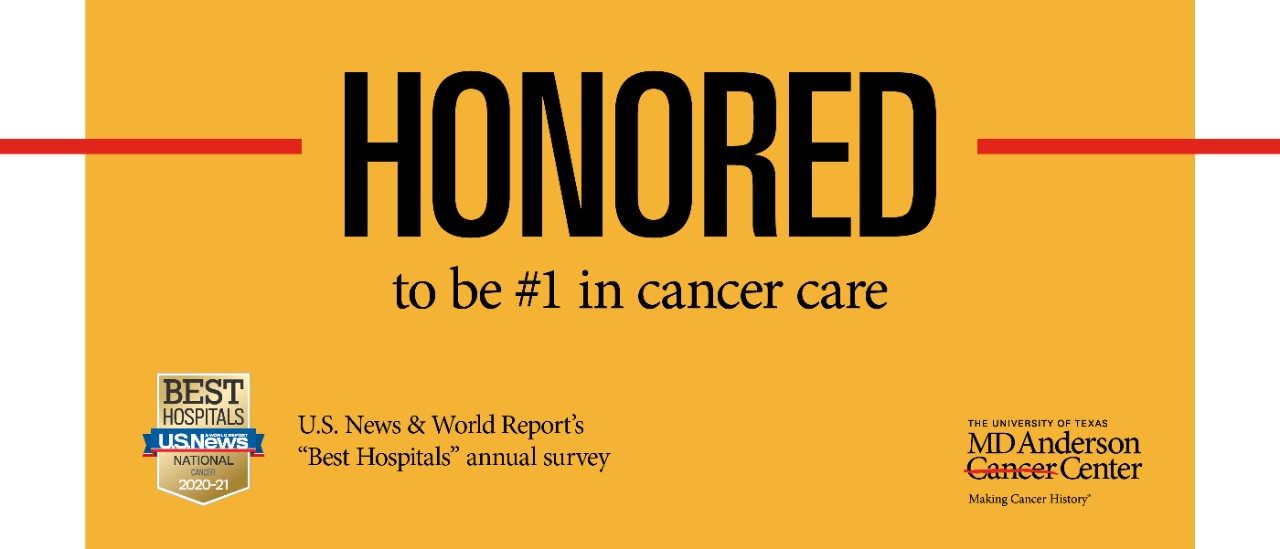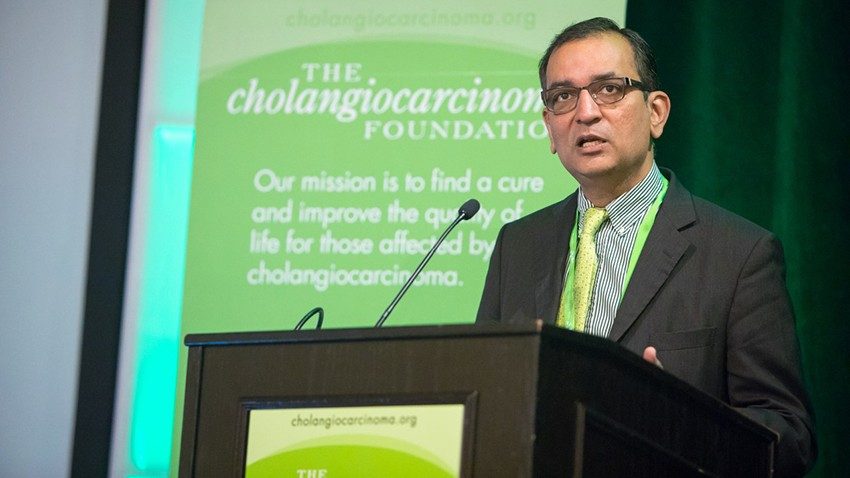Move for MD Anderson stresses role of exercise in reducing cancer risk
Virtual fundraiser encourages healthy choices despite challenges of COVID-19
In the midst of COVID-19, faculty at MD Anderson are working harder than ever toward a collective goal to end cancer. Many, like Susan Gilchrist, M.D., associate professor of Clinical Cancer Prevention and Cardiology, have had to alter their normal way of conducting business.
Typically, Gilchrist spends her days researching how being fit leads to better cancer outcomes. Gilchrist opened the Healthy Heart Program at MD Anderson in 2016, a first-of-its-kind program in the U.S. focused solely on improving fitness to mitigate existing cardiovascular risk factors in cancer patients or patients at high-risk for cancer. When COVID-19 hit, Gilchrist began conducting her prevention visits with patients virtually from her home in an effort to protect them. But, Gilchrist knew she wanted to do more during these challenging times.
“There are so many things during COVID-19 that are out of my control. However, I feel like I do have a choice every day to commit to a healthy lifestyle, which includes exercise every day,” says Gilchrist.
Finding herself working remotely, Gilchrist was regularly jumping on her stationary bike to get moving. During these rides, she wondered how many other colleagues and patients might also be exercising at home. So, Gilchrist partnered with colleagues in MD Anderson’s Development Division to kick off Move for MD Anderson, a fundraising initiative that encourages participants to keep moving to #EndCancer despite the challenges brought on by COVID-19. Move for MD Anderson allows anyone to raise funds to advance MD Anderson’s mission to end cancer while participating in a daily social-distancing activity of choice, whether it’s a walk, a jog or a bike ride.
Results from Gilchrist’s recent study, which examined fitness tracker data from approximately 8,000 adults 45 years and older, showed a greater amount of sedentary time to be associated with a higher risk of cancer mortality, with light, moderate or vigorous physical activity associated with reduced risk. Gilchrest concluded that it’s important to make time for a bit of movement each day.
“Even a small amount of extra physical activity, no matter how light it might be, can have benefits for cancer survival,” says Gilchrist.
As of July 10, Gilchrist and her Move for MD Anderson team have raised more than $12,000 toward a $15,000 goal. Anyone can participate on Gilchrist’s team, and she encourages everyone to consider joining the movement. All ability levels are welcome. Registered team members can create their own personal fundraising pages. Each completed activity represents an additional opportunity to ask friends and family to donate.
“Move for MD Anderson is meant to bring our community together to promote exercise and our health during these challenging times,” Gilchrist says.
Fundraise to End Cancer
Have an idea for a fundraiser? MD Anderson’s Fundraise to End Cancer website makes it easy to register, create a fundraiser, and remember a loved one, celebrate a milestone or challenge friends and family. All funds raised support MD Anderson’s mission to end cancer.












